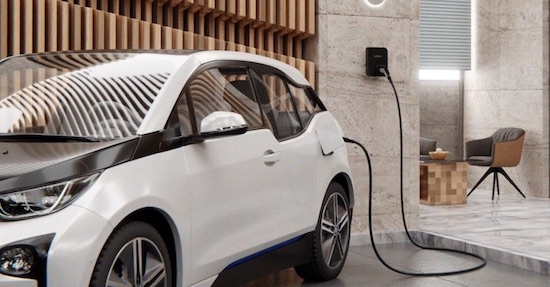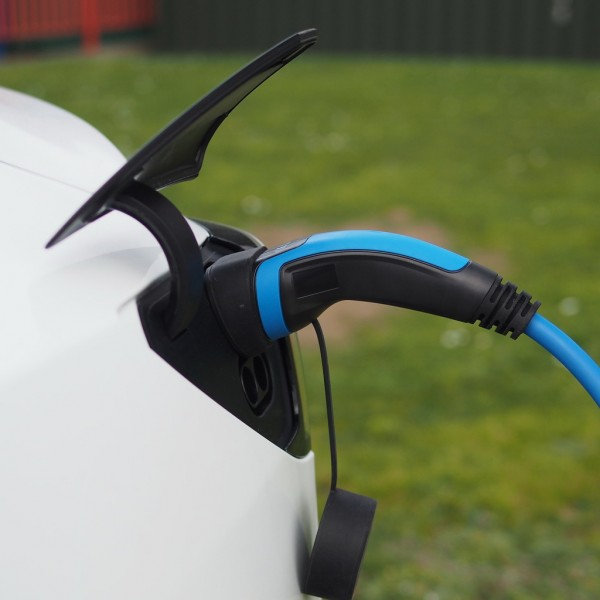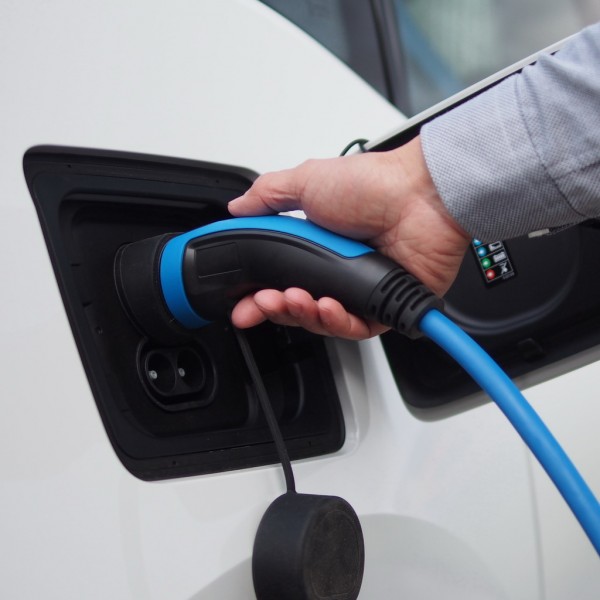Overview
The Hyundai Motor Company, usually referred to simply as Hyundai, is a leading South Korean automotive manufacturer headquartered in Seoul. The company was founded in 1967, with its first model, the Cortina (in collaboration with Ford Motor Company), launched in 1968. The Cortina was assembled in the Ulsan plant in South Korea. Hyundai has come a long way since then, and currently owns a 33.88% stake in Kia Corporation, and also wholly owns the luxury automotive brand, Genesis, among others.
Hyundai has an annual production capacity of over 1.6 million units, making the automotive manufacturer the third-largest in terms of production behind the Japanese automotive manufacturer, Toyota and the German automotive group, Volkswagen. Hyundai has production facilities across a number of global locations. Some of these include: North America, India, Russia, Turkey, China and the Czech republic. Hyundai vehicles are sold in nearly 200 countries globally.
Hyundai commenced developing alternative fuel vehicles in 1988. The first pure electric car was developed by the company in 1991 (Sonata EV). The automotive manufacturer commenced producing hybrid electric vehicles in 2008. The company has also been involved with hydrogen powered vehicles. In 2018, Hyundai launched the Nexo, a hydrogen powered crossover SUV. The company also launched the first the Xcient Fuel Cell, the world’s first production hydrogen fuel cell truck.
In 2022, the company announced a new production facility in South Korea, with a sole focus on the manufacturer of electric vehicles (EVs). The facility is expected to commence operations in 2025. The company currently has the following battery-electric vehicles (BEVs) and plug-in hybrid electric vehicles (PHEVs):
- Hyundai IONIQ Electric
- Hyundai Kona Electric
- Hyundai IONIQ Plug-In Hybrid
- Hyundai Santa Fe Plug-In Hybrid
- Hyundai Tucson Plug-In Hybrid
- All-electric Hyundai IONIQ 5
- All-electric Hyundai IONIQ 6
- All-electric Hyundai INSTER
Electric Cars: The Basics
For those of you new to zero-emission electric driving, we recommend a read of the following articles:
Sign up to the e-zoomed Electric Living newsletter
The Hyundai Santa Fe PHEV SUV
The Hyundai Santa Fe sport utility vehicle (SUV) has been available since 2000. The 7-seater SUV is named after Santa Fe, the city is New Mexico, USA. It is the first SUV from Hyundai. Since its launch, the Santa Fe SUV has been very popular with consumers, in particular, in the north American markets. The 2021 model year received a facelift.
For larger families or company-car drivers that need more passenger seats, the 7-seater Hyundai Santa Fe plug-in hybrid electric vehicle (PHEV) is an option worth serious consideration. Despite the increase in the availability of electric vehicles (EVs), the availability of seven-seater electric cars still remains limited.
The Santa Fe PHEV pairs a 1.6-litre T-GDi ‘SmartStream’ turbocharged petrol engine with a 66.9 kW electric motor, powered by an onboard EV battery. The automotive manufacturer claims a fuel economy up to 173.8 mpg for the electric vehicle (EV).
Of course the real-world fuel economy will depend on a number of factors, but none as influential as using the pure electric mode. Bottom-line, to increase the fuel economy of the electric vehicle and lower the driving costs, the PHEV should be driven as much as possible on the e-mode.
Given the WLTP certified emission-free electric range is 36 miles, and most commutes are short, there is much scope for taking advantage of electric driving to save money. The PHEV has a 13.8 kWh onboard EV battery, which is reasonably standard for a PHEV of this size.
However, expect the real-world electric range to be closer to 30 miles. The EV range is impacted by a number of factors, to include: driving profile, speed, load, regenerative braking, road condition, weather, wheel size and a lot more.
Taking advantage of the EV range will also require inculcating a habit of charging the EV on a regular basis, which again is as easy as charging a smartphone. We at e-zoomed recommend the use of a dedicated EV charging station, like easee to charge the EV.
We do not encourage the use of a domestic 3-PIN plug. Charging the EV using a single-phase EV charger will take up to two hours. Of course, if you top up on a regular basis, the charging time will be faster. The EV incorporates a 3.3 kW AC onboard charger and does not offer DC charging compatibility.
In terms of practicality, the Hyundai EV has much to offer. The interior seven-seater cabin is spacious, with ample headroom and legroom for front and rear seat passengers, to include the third row (access to the third row is easy). The driver seat benefits from good visibility and the driver cockpit is well designed.
Despite the placement of the onboard EV battery, the boot space is decent (571 L), though a little smaller than the conventional petrol variant. The interior quality feels premium and the standard level of technology is decent.
The EV is packed with a host of driving assistance and safety features, to include: highway drive assist (HDA), forward collision-avoidance assist, remote smart park assist, blind spot view monitor and more. The EV has been awarded a Five-Star NCAP Safety Rating.
The performance of the electric SUV is decent. The all-wheel drive Santa Fe PHEV can achieve 0-62 mph in 8.8 seconds, also benefiting from instant torque. The drivetrain delivers a maximum power of 265 PS (torque 350 Nm), with a top speed up to 116 mph.
The Santa-Fe plug-in hybrid is also an option for company-car drivers, given the reduced tailpipe emissions (37g CO2/km) of the hybrid and lower Benefit-in-Kind (BiK-12%) tax charge, compared to the conventional petrol variant (159g CO2/km). The PHEV does not qualify for the UK government plug-in car grant (PiCG).
Bottom-line, electric driving is good for the environment and the wallet. You can lease electric vehicles (EVs) via e-zoomed at very competitive prices!
| PROS | CONS |
|---|---|
| A practical and environment-friendly 7 seater PHEV | Cheaper alternatives available |
| Spacious interiors | On board charger limited to 3.3 kW AC. DC charging not available |
| Easy and comfortable to drive | Exterior design may not be to everyones liking |
The Hyundai Santa Fe PHEV SUV (credit: Hyundai)
| At A Glance | |
|---|---|
| EV Type: | Plug-In Hybrid Electric Vehicle (PHEV) |
| Body Type: | SUV |
| Plug-In Car Grant (PiCG): | Not Available |
| Engine: | Petrol/ Electric (1.6 TGDi PHEV) |
| Available In UK: | Yes |
| Variants (2 Options) |
|---|
| Hyundai Santa Fe Plug- In Hybrid Premium (from £45,810) |
| Hyundai Santa Fe Plug-In Hybrid Ultimate (from £49,105) |
| EV Battery & Emissions | |
|---|---|
| EV Battery Type: | Lithium-ion |
| EV Battery Capacity: | Available in one battery size: 13.8 kWh |
| Charging: | DC charging not available. Onboard charger: 3.3 kW AC (0% – 100%: 2 hrs) |
| Charge Port: | Type 2 |
| EV Cable Type: | Type 2 |
| Tailpipe Emissions: | 37g (CO2/km) |
| EV Battery Warranty: | 8 years or 100,000 miles |
| Average Cost Of Residential Charging | |
|---|---|
| Battery net capacity : 8.8 kWh | £1.27 |
| Battery net capacity : 11.6 kWh | £1.67 |
| Battery net capacity : 12.0 kWh | £1.73 |
| Battery net capacity : 13.10 kWh | £1.89 |
| Battery net capacity : 14.10 kWh | £2.03 |
- Note 1: The average cost of residential electricity in the UK varies depending on the region, supplier and type of energy used. An average for the UK is 14.40 p/kWh.
- Note 2: Not all EV manufactures make available the data on net EV battery capacity, and in a number of instances the EV battery capacity advertised, does not state if it is gross or net capacity. In general, usable EV battery capacity is between 85% to 95% of the gross available capacity.
| Charging Times (Overview) | |
|---|---|
| Slow charging AC (3 kW – 3.6 kW): | 6 – 12 hours (dependent on size of EV battery & SOC) |
| Fast charging AC (7 kW – 22 kW): | 3 – 8 hours (dependent on size of EV battery & SoC) |
| Rapid charging AC (43 kW): | 0-80%: 20 mins to 60 mins (dependent on size of EV battery & SoC) |
- Note 1: SoC: state of charge
| Dimensions | |
|---|---|
| Height (mm): | 1703 |
| Width (mm): | 1900 |
| Length (mm): | 4785 |
| Wheelbase (mm): | 2765 |
| Turning Circle (m): | 11.4 |
| Boot Space (L): | 571 |
| 1.6 265PS Petrol 4WD | |
|---|---|
| EV Battery Capacity: | 13.8 kWh |
| Pure Electric Range (WLTP): | 36 miles |
| Electric Energy Consumption (kWh/100km): | N/A |
| Fuel Consumption (mpg): | 173.8 |
| Charging: | DC charging not available. On board charger: 3.3 kW AC (0% – 100%: 2 hrs) |
| Top Speed: | 116 mph |
| 0-62 mph: | 8.8 seconds |
| Drive: | All-wheel drive (AWD) |
| Electric Motor (kW): | 66.9 |
| Max Power (PS): | 265 |
| Torque (Nm): | 350 |
| Transmission: | Automatic |
| Seats: | 7 |
| Doors: | 5 |
| Kerb Weight (kg): | 2,005 – 2,112 |
| Colours: | 7 |
| NCAP Safety Rating: | Five-Star |
While e-zoomed uses reasonable efforts to provide accurate and up-to-date information, some of the information provided is gathered from third parties and has not been independently verified by e-zoomed. While the information from the third party sources is believed to be reliable, no warranty, express or implied, is made by e-zoomed regarding the accuracy, adequacy, completeness, legality, reliability or usefulness of any information. This disclaimer applies to both isolated and aggregate uses of this information.









































